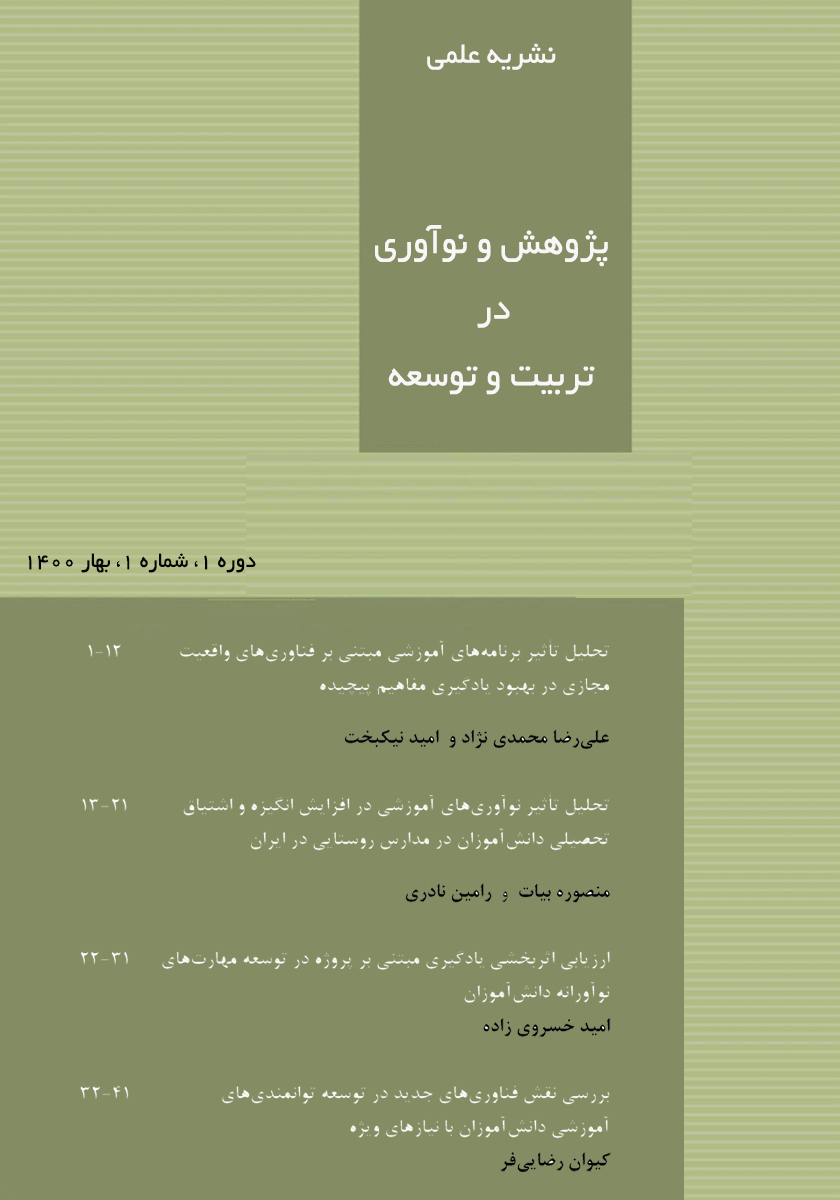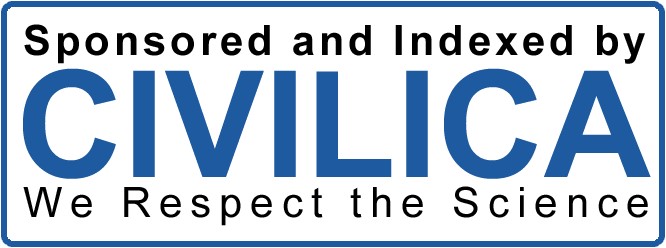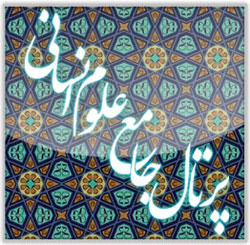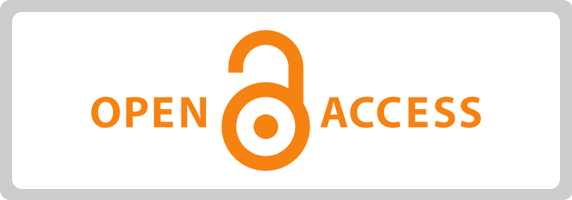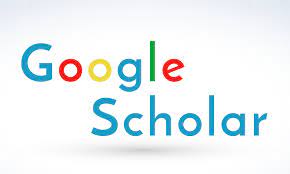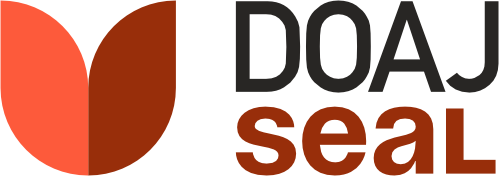مدل مفهومی توسعه ورزش تربیتی در وزارت آموزش عراق
کلمات کلیدی:
ورزش تربیتی, عراق, آموزش, پرورشچکیده
هدف از پژوهش حاضر تدوین مدل توسعه ورزش دانشآموزی در جمهوری عراق است. روش این پژوهش از نوع توصیفی- پیمایشی بود و جامعه آماری را تمامی کارشناسان تربیت بدنی و ورزش در وزارت آموزش عراق، ادارات استانها، مناطق و شهرها و معلمان تربیت بدنی تشکیل میدادند. نمونه آماری براساس شرط تعداد قابل کفایت جهت مدلسازی معادلات ساختاری به صورت هدفمند انتخاب و مورد نظرخواهی قرار گرفتند (250=n). براساس مطالعه کتابخانهای و اسنادی و مصاحبه اکتشافی نیمه هدایت شده، پرسشنامه محقق ساختهای تدوین و تنظیم شد که عوامل اثرگذار بر توسعه ورزش دانشآموزی را در پنج عامل اصلی شامل ذینفعان، استراتژیهای توسعه، فرآیندهای توسعه، مسیرهای توسعه، و پیامدهای توسعه ارزیابی میکرد. پس از تأیید روایی محتوایی ابزار توسط 15 متخصص و کارشناس ورزش دانشآموزی، ضریب پایایی آن 0.89 نیز تأیید گردید و دادههای پژوهش با آمار توصیفی، استنباطی و مدلسازی معادلات ساختاری (PLS) تحلیل شدند. مقایسه عوامل اثرگذار بر توسعه ورزش دانشآموزی نشان داد که عامل پیامدهای توسعه در اولویت اول، عامل فرآیندهای توسعه، عامل استراتژیهای توسعه، عامل مسیرهای توسعه و عامل ذینفعان در اولویتهای بعدی قرار گرفتند. یافتهها در مورد فرآیندهاى توسعه ورزش نیز مشخص شد كه به ترتیب هر سه مؤلفه فرآیند پرورش (٩٣/٠)، فرآیند حفظ / انتقال (٣٩/٠) و فرآیند جذب (٩١/٠) بیشترین نقش را در تبیین عوامل فرآیندهاى توسعه ورزش دانشآموزى داشتند. در زمینه مسیرهاى توسعه ورزش دانشآموزى به ترتیب هر سه مؤلفه همگانی و مشاركت جمعی (٢٩/٠)، قهرمانی و كشف استعداد (٠٩/٠) و آموزشی و مشاركت پرورشی (٧٨/٠) بیشترین نقش را در تبیین مسیرهاى توسعه ورزش دانشآموزى داشتند.
دانلودها
مراجع
Gustian U. Effectiveness of Teaching Games for Understanding (TGfU): Using a Modified Kasti Game to Stimulate
Elementary School Students’ Motor Skills. Edu Sportivo Indonesian Journal of Physical Education. 2024;5(1):54-63. doi:
25299/esijope.2024.vol5(1).16335.
Zhu J. An Instructional Model for Physical Education in the Next Era for Secondary School. Ijsasr. 2023;3(5):323-34.
doi: 10.60027/ijsasr.2023.3364.
Motalebi Jazii E. Relationship between the organizational structure of physical education of the ministry of education
and the development of student sport. Tehran: Payame Noor University; 2019.
Xue R, Chai H, Yao L, Fu W. The Influence of School Inclusive Education Climate on Physical Education Teachers’
Inclusive Education Competency: The Mediating Role of Teachers’ Agency. Frontiers in Psychology. 2023. doi:
3389/fpsyg.2023.1079853.
Lawson HAJQ. The physical education system as a consequential social determinant. Taylor & Francis Online.
;72(1):72-84. doi: 10.1080/00336297.2019.1627224.
Ilahi BR, Sasongko RN, Kristiawan M, Turnadi T. Principal’s perception of the performance of physical education
teachers for sports and health mgmp smp in Bengkulu City. Jurnal Ilmiah Pendidikan Jasmani. 2021;5(2).
Friedman M, Parent M, Mason D. Building a framework for issues management in sport through stakeholder theory.
European Sport Management Quarterly. 2004;4(3):170-90. doi: 10.1080/16184740408737475.
Azizi A, Akbari Yazdi H, Elahi A. Developing a strategic plan (development, implementation, and evaluation) for
physical education in the education system of Lorestan province with a SWOT approach. Research in Educational Systems.
;14:293-310.
Yousefi S, Badri Azarin Y. Determining the conceptual and qualitative components of murals and writings in primary
schools for teaching and encouraging students to engage in physical activity and sports. Sports Management Studies.
;10(49):95-114.
Hosseini Keshan M, Qalandar Quchan Attiq G. Prioritizing indicators of student sports development in Iran. Research
in Physical Education. 2022;10(28).
Mahmoudi H. Identifying factors affecting the development of school sports, a case study: High schools in
Mazandaran province: University of Mazandaran; 2017.
Ntelezi AI. Indigenous Games as a Catalyst for Sport Tourism Development in South Africa. International Conference
on Tourism Research. 2024;7(1):453-60. doi: 10.34190/ictr.7.1.2048.
Chen Z. Sustainability Evaluation of Sports Tourism Using a Linguistic Neutrosophic Multi-Criteria Decision-Making
Method. Plos One. 2024;19(3):e0300341. doi: 10.1371/journal.pone.0300341.
Guan Z. The Study for the Analysis of the Development Trend of Sports Tourism. Academic Journal of Science and
Technology. 2024;9(1):263-5. doi: 10.54097/43a49551.
Anna H, Michalis S. School-based sports development and the role of NSOs as ‘boundary spanners’: benefits,
disbenefits and unintended consequences of the Sporting Schools policy initiative. Sport, Education and Society. 2016.
Burnett C. Key findings of a national study on school sport and physical education in South African public schools.
South African Journal for Research in Sport, Physical Education and Recreation. 2020;42(3):43-60.
Manafi F. Designing a model for the development of university sports in Iran: University of Guilan; 2015.
Ramazani Nejad R. Needs assessment of physical education and sports in schools (presenting a model for curriculum
planning). Ministry of Science, Research, and Technology: Physical Education Research Institute, 2003.
Ramazani Nejad R, Hejbari K, Eidi H, Reyhani M, Asgari B. Elite sports management: Experiences of successful
countries: North Pardaz Publishing; 2015.
Azizi G, Ezzati M, MohammadDavvodi A. Presenting Talent Management Model in Tehran City Schools: A
Qualitative Study. School Administration. 2020;8(3):50-29.
Matlabi Jazii E. Relationship between the organizational structure of physical education of the ministry of education
and the development of student sport. Tehran: Payame Noor University; 2019.
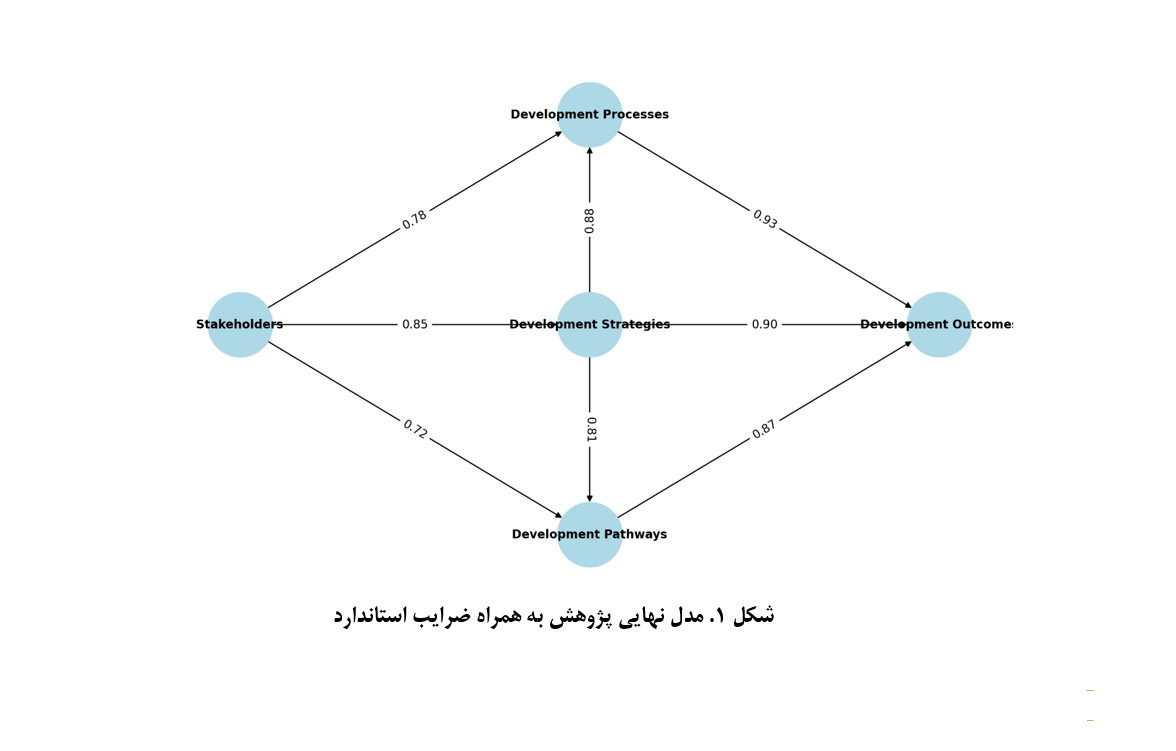
دانلود
چاپ شده
ارسال
بازنگری
پذیرش
شماره
نوع مقاله
مجوز
حق نشر 1403 نشریه پژوهش و نوآوری در تربیت و توسعه

این پروژه تحت مجوز بین المللی Creative Commons Attribution-NonCommercial 4.0 می باشد.
